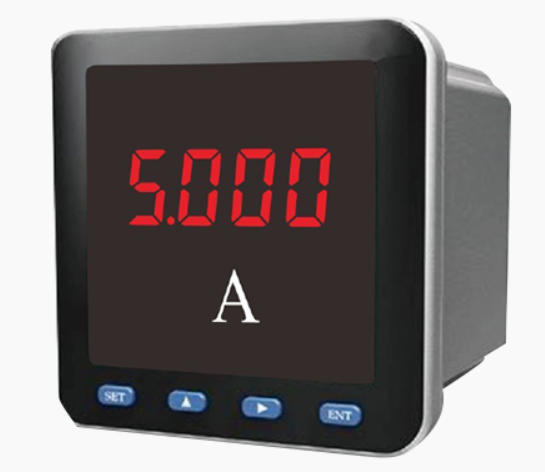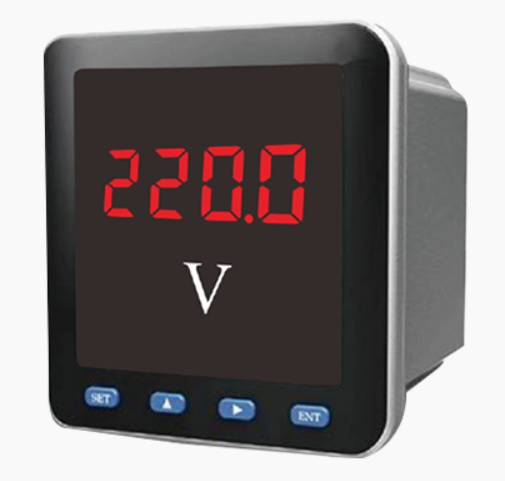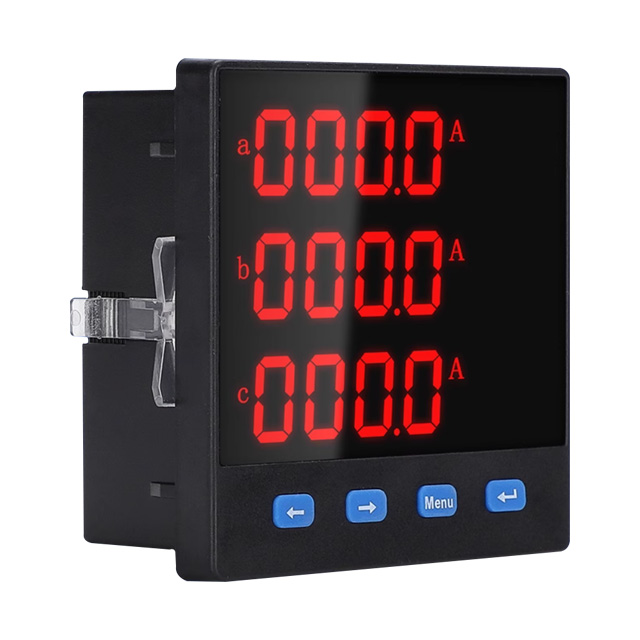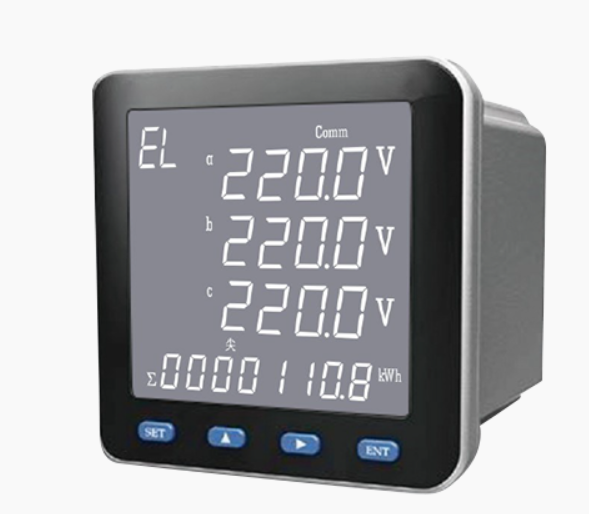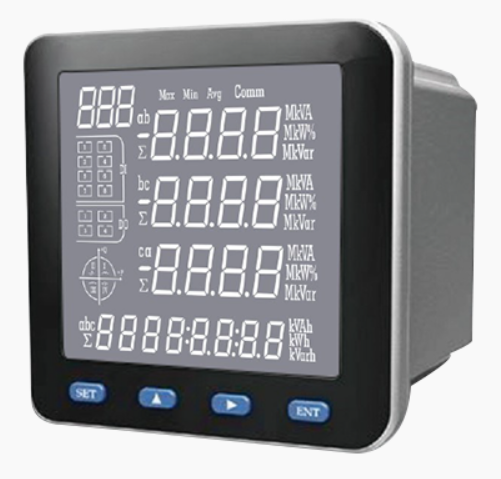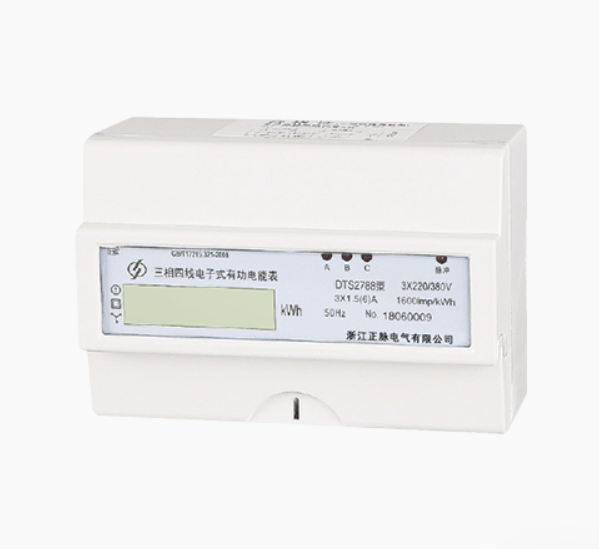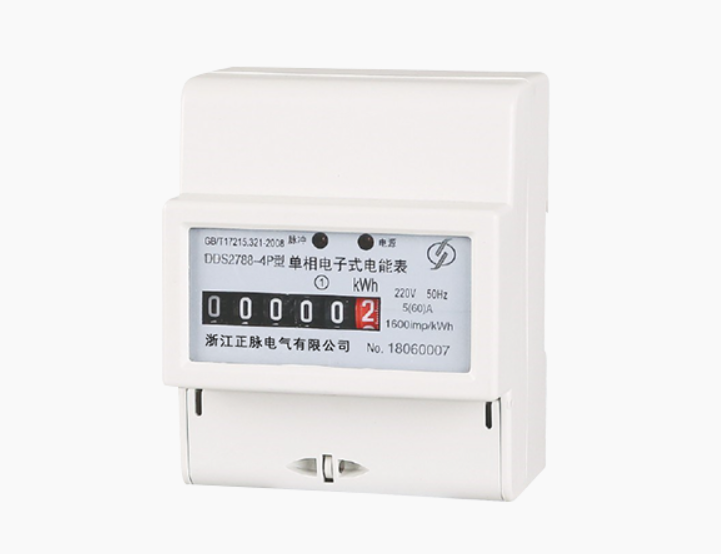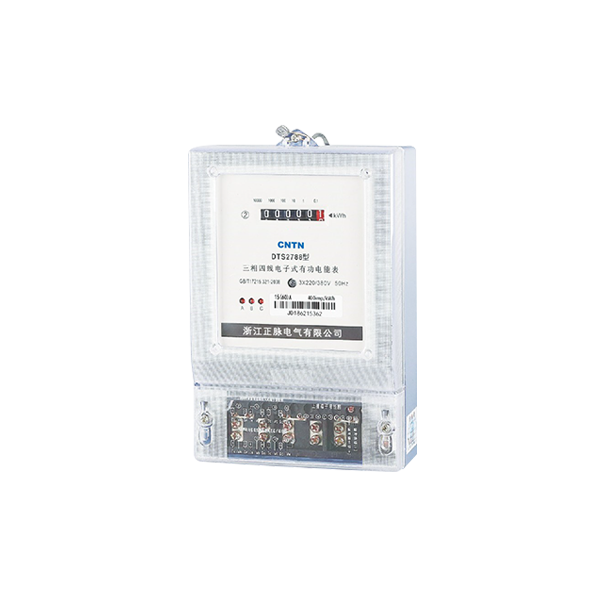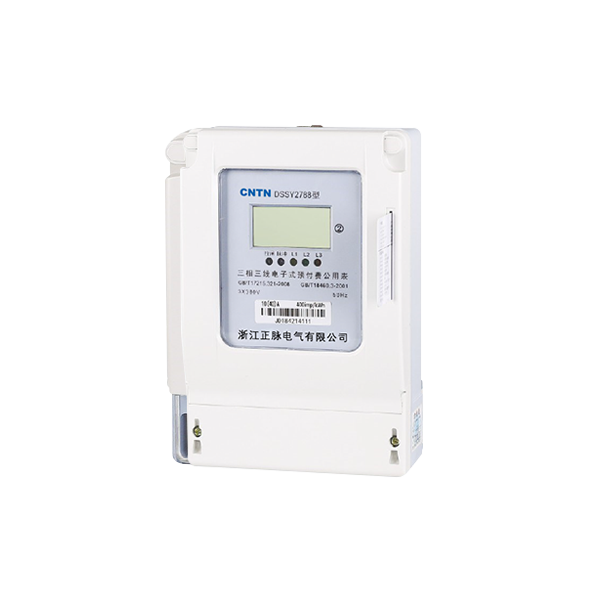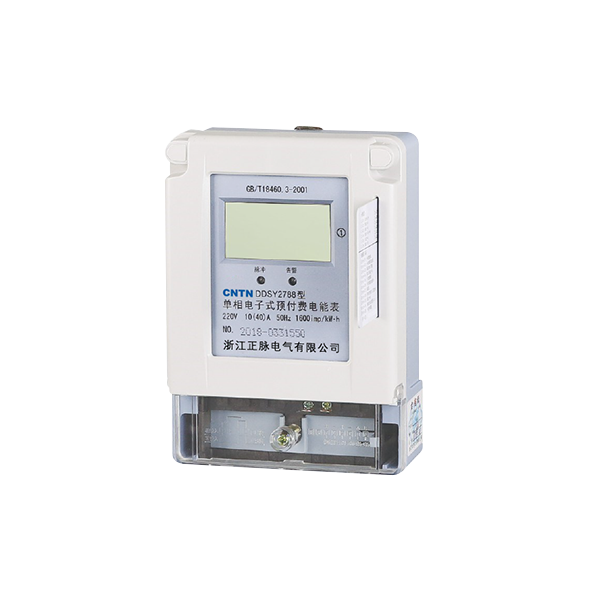Power Meter
- We produce three-phase and single-phase Power Meter
- Fast production delivery capability
- Provide product customization
- We provide 24-hour online service to you
Our products
Application Scenarios of Molded Case Circuit Breakers (MCCB)

Power Meters Are Used In Residential Buildings
Power meters are installed in the distribution box of each residential unit to monitor the electricity consumption parameters of each user in real time. This not only ensures the safety of electricity use in the community, but also allows residents to reasonably adjust their electricity usage habits based on relevant data to save energy

Power Meters Are Used In Office Buildings

Power Meters Are Used In Hospitals
Hospitals have extremely high requirements for the stability of power supply. Power meters can conduct real-time monitoring of the hospital’s power system, ensure stable power supply for various medical equipment and the reliability of power supply for critical loads, and help hospitals carry out power management.
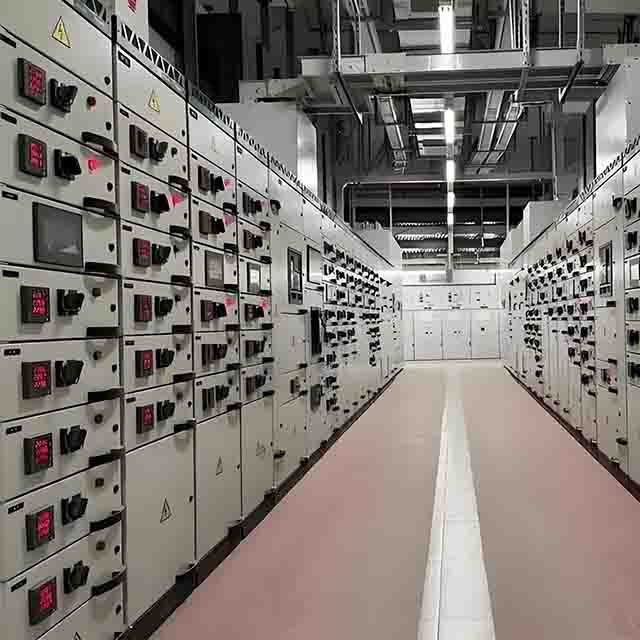
Power Meters Are Used In Factories
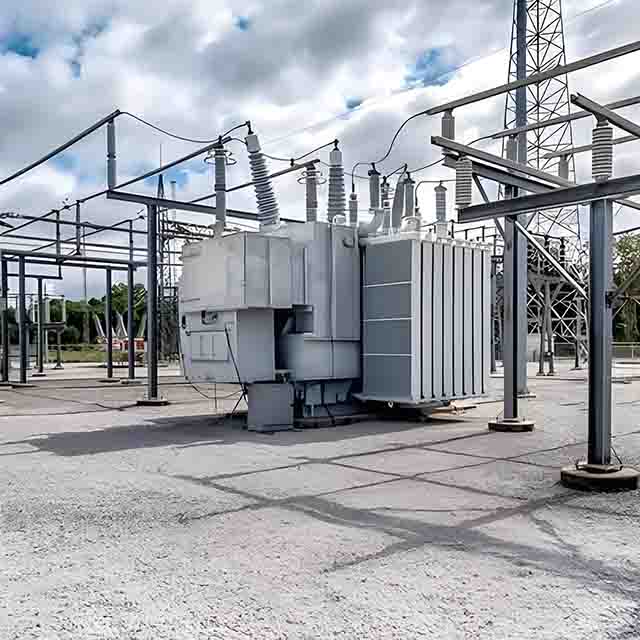
Power Meters Are Used In Substations

Power Meters Are Used In Transportation Hubs
In places such as subways and airports, power meters ensure the stable power supply for public services, monitor power quality, and enhance the reliability and safety of power systems. Once power abnormalities occur, they can provide timely early warnings and facilitate handling, preventing power issues from affecting the normal operation of transportation hubs.
What is your application?
Frequently Asked Questions
What is a Power Meter?
A power meter is a professional device used to monitor, measure, and analyze electrical parameters in power systems. Its core function is to collect key data such as voltage, current, power, energy consumption, and power factor in real time, providing accurate data support for electricity management, energy-saving optimization, and safe operation and maintenance.
How Power Meter work?
The core working principle of a power meter is a closed-loop process of “data collection → signal processing → information output”. By accurately capturing electrical parameters and converting them into usable information, it enables the monitoring and management of power systems.
- Step 1: Collect Electrical Parameters (Signal Input)
Power meters collect real-time current and voltage signals from power circuits via built-in Current Transformers (CT), Voltage Transformers (PT) (or voltage-dividing/current-dividing components). These components scale down high voltages and large currents proportionally into low voltages and small currents that the meter can process (e.g., reducing 1000A current to 5A), ensuring safe and accurate collection. Meanwhile, some meters also collect derived parameters such as power, energy consumption, and power factor (calculated from voltage and current). - Step 2: Process Signals (Data Conversion and Calculation)
The collected analog signals (continuous variation signals of current and voltage) are sent to the meter’s internal signal conditioning circuit. After filtering and amplification, they are converted into digital signals by an Analog-to-Digital Converter (ADC). Subsequently, the core chip (e.g., MCU) calculates key parameters such as power (P=UIcosφ), energy consumption (W=Pt), and power factor (cosφ) based on preset algorithms, and verifies the data to ensure accuracy (with errors usually controlled within Class 0.5). - Step 3: Output Information (Data Presentation and Application)
The processed information is output in multiple ways to meet different usage needs:
- Local Display: Real-time parameters (e.g., current voltage of 220V, current of 10A) are intuitively displayed via LCD screens or LED screens; some meters support switching to display historical data or trend curves.
- Data Transmission: Intelligent meters can upload data to monitoring systems (e.g., power monitoring platforms, PLCs) via communication interfaces such as RS485 and Ethernet, enabling remote real-time monitoring.
- Alarm and Control: If parameters exceed preset thresholds (e.g., overvoltage, overcurrent), the meter triggers audible and visual alarms; some models can also output control signals (e.g., linking circuit breakers to trip) to prevent fault escalation.
- Data Storage: Historical electricity consumption data (e.g., daily energy consumption, peak current) is stored locally or in the cloud for subsequent analysis (e.g., energy-saving evaluation, fault tracing).
Types of Molded Power Meter
1. Classification by Core Function
- Ordinary Power Meters
- Electricity Meters (Kilowatt-Hour Meters)
- Multifunctional Power Meters
- Harmonic Meters
- Power Quality Analyzers
2. Classification by Installation Method
- Panel-Mounted Meters
- Portable Meters
3. Classification by Accuracy Class
- Class 0.1 / Class 0.2
- Class 0.5
- Class 1.0 / Class 2.0
- Accurate Monitoring with Real-Time Visualizable Data
They can collect key electrical parameters such as voltage, current, power, and energy consumption in real time with high precision (usually with an error of less than Class 0.5). Some meters support data visualization display or remote transmission, allowing users to intuitively grasp the electricity consumption status and avoid energy waste or missed parameter abnormalities caused by “blind use”. - Facilitating Energy Conservation and Reducing Electricity Costs
By continuously recording energy consumption data, they can analyze situations such as peak electricity consumption and equipment standby losses, providing a basis for energy-saving transformations (e.g., optimizing equipment operation time, replacing high-energy-consuming equipment). Some intelligent meters can also link with control systems to automatically adjust non-essential loads, directly reducing ineffective energy consumption and lowering electricity expenses. - Early Warning for Ensuring Electricity Safety
Abnormal thresholds (such as over-high/under-low voltage and current overload) can be set. Once the parameters exceed the range, sound and light alarms or remote notifications will be sent immediately to prevent equipment damage caused by abnormal electrical parameters. At the same time, they can monitor hidden dangers such as line temperature and electric leakage, facilitating early fault detection and reducing the risk of safety accidents like short circuits and fires. - Wide Application Adaptability and Easy Installation & Maintenance
With a compact size, they support multiple installation methods such as wall-mounted and embedded, adapting to distribution cabinets in different scenarios including factories, buildings, and transportation hubs. Most meters have a simple operation interface and convenient parameter setting; daily maintenance only requires regular calibration without complex operations, resulting in low operation and maintenance costs. - Traceable Data for Facilitating Management Decisions
They can store historical electricity consumption data (ranging from a few days to several years) and generate energy consumption reports and trend curves. This helps managers analyze electricity consumption patterns, evaluate energy-saving effects, and provide data support for decisions such as power distribution system upgrades and production scheduling optimization, improving the scientific nature of electricity management.
